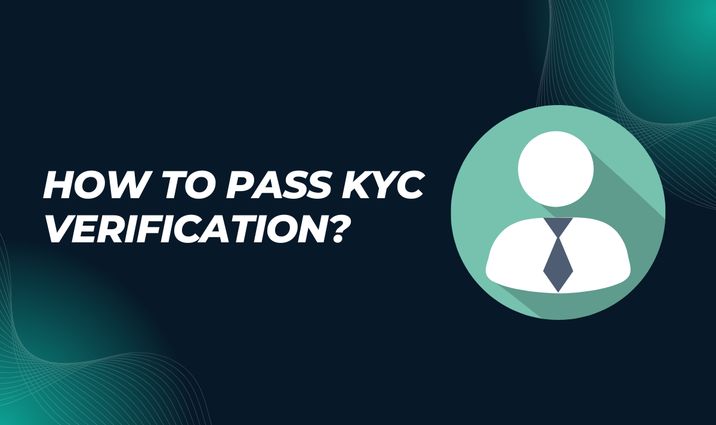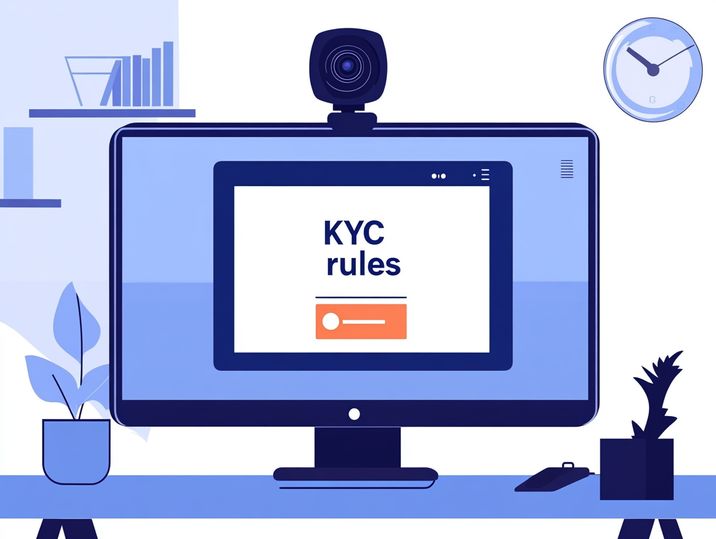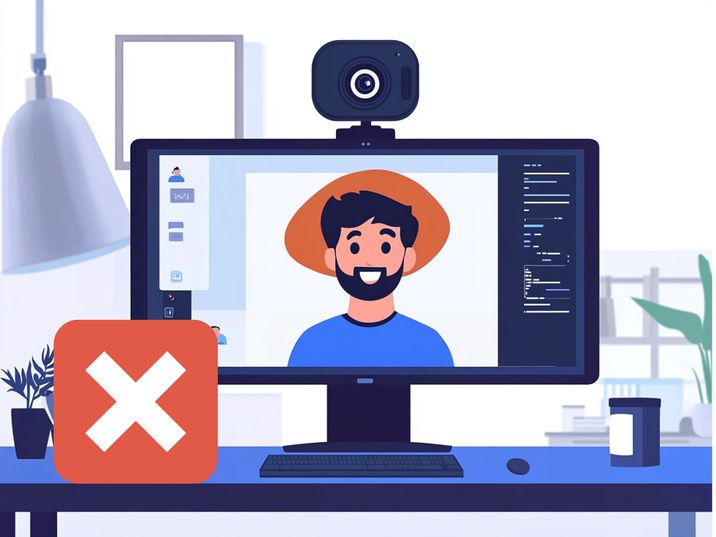Passing KYC Verification: Tips for a Smooth Process

KYC is the most controversial topic in the crypto community. One part of the community believes this process breaches anonymity, but the other doesn't. Coin Wallet follows the industry trend: when you create an account in Coin Wallet, you don't need to pass KYC. However, if you use external providers like MoonPay, you have to pass this procedure to buy or sell cryptocurrency because it is a main requirement of the platform. Sometimes, providers can allow users to buy a small amount of crypto without KYC, but such cases are rare. In this article, we will talk about what KYC is and how to pass it successfully.
What is KYC
KYC (Know Your Customer) is an identity verification process used by crypto exchanges to prevent fraud, money laundering, and other illegal activities. Besides exchanges, this procedure is applied by external providers, financial organizations, and financial institutions. KYC is not always mandatory, but passing it gives users significant privileges.
The essence of the process is that each user has to provide their personal information to a crypto platform. For example, users may need to provide their name, birthdate, and ID number. This helps to defend assets and accounts and gives traders more opportunities to use exchanges. However, this concept often faces resistance in the crypto community because it is considered contrary to the concept of anonymity. In fact, KYC also ensures transparency, security, and compliance for individual customers.
What are usual steps of KYC to buy or sell crypto?
Each provider uses its KYC methods and requires specific information, but there are some common steps. KYC typically involves:
- Providing personal information (name, address, date of birth).
- Submitting identification documents (passport, driver’s license, national ID, or residence permit).
- Sometimes, additional verification steps are required, such as selfie verification, proof of address, or financial documents (e.g., a utility bill, bank statement, or official document with your address).
- A liveness check, which involves a live one-on-one video session between a customer and a compliance specialist.
Tips and recommendations
1. Go through the KYC rules before applying for validation.

2. Many users either upload a partial face, a blurry photo, or include multiple people in the frame during the liveness check. Others turn on the camera but point it at the ceiling. You shouldn’t do that.
3. Many users upload the wrong type of document. For example, if you see 'Type of document' as Passport, you need to upload your passport, not an ID card or a residence permit.
4. Many KYC experts advise wearing a T-shirt before passing the liveness check. It is considered good manners.
5. Don’t use photographs older than 3 to 5 months, as they may be a factor for rejection.
6. Find a place with good lighting from multiple directions.
7. Avoid wearing any headgear.

8. Check if the service you are using is reputable and complies with GDPR or CCPA (California Consumer Privacy Act) before you register.